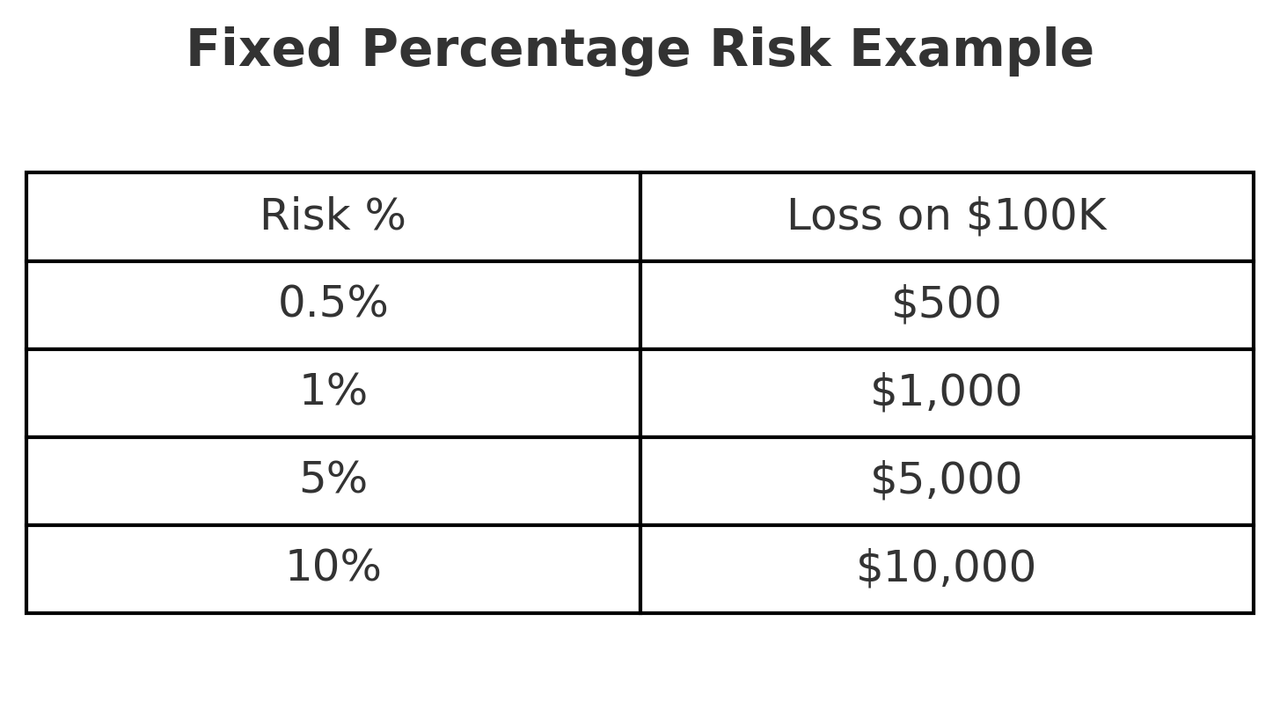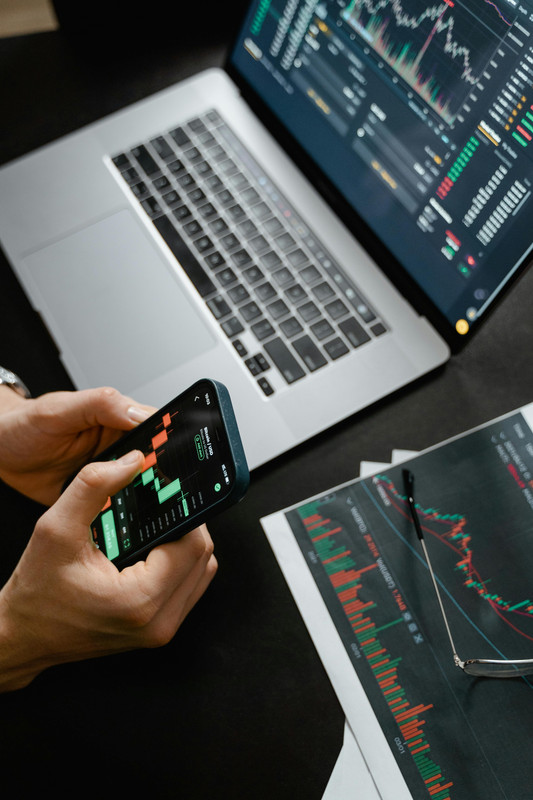Risk management isn’t one-dimensional. Many new traders think of it only as “using a stop-loss,” but in reality, there are multiple layers of risk to consider. Some risks are technical, some are psychological, and some come from the structure of prop trading itself.
Over time, experience shows that four types of risk dominate outcomes in crypto prop trading. These four account for nearly all of the reasons traders lose funded accounts or fail challenges. Everything else matters, but these decide about 90% of results.
Position Risk
This is the most basic form of risk: putting too much size on a single trade. If your stop-loss is too wide or your position size is too large, one bad move can wipe out days or weeks of progress. This is especially common when traders rely too heavily on a single indicator—learn how to use multiple
crypto indicators together for better confirmation. For prop traders, where accounts have strict drawdown rules, a single oversized position can mean instant disqualification.
Daily or Session Risk
Unique to prop trading, this risk comes from breaking daily drawdown or overall loss limits. You might still be a profitable trader in the long run, but if you lose more than 4–5% in one session, the firm closes your account. This makes controlling daily risk just as important as controlling trade risk.
Market Risk (including Regulatory Shocks)
Crypto is notoriously volatile. Prices can move 10–20% in hours, liquidity can dry up, and news can trigger sudden crashes. On top of that, regulatory changes add another layer of uncertainty. An exchange delisting, a lawsuit against a token, or a sudden ban on derivatives can move markets instantly. Traders can’t prevent these events, but they can manage exposure, size positions for volatility, and avoid overconcentration in a single coin.
Psychological Risk
This is often the most underestimated factor. Emotions can push traders to break rules, double down on losses, or abandon stops. In prop trading, the pressure is even higher because you’re trading with firm capital. Revenge trading, overconfidence after a hot streak, or fear of missing out can all lead to breaking the firm’s rules. Controlling emotions is risk management in its purest form.
Secondary risks exist as well. Portfolio risk arises when you stack trades on correlated assets like Bitcoin and Ethereum in the same direction. Operational risk comes from exchange outages, internet failures, or even fat-finger mistakes. These matter, but they rarely cause account failure on their own.
Mastering the Big Four risks means you’ve already handled most of what decides success or failure. But naming the risks isn’t enough. The next step is applying rules and frameworks that limit exposure, protect your account, and keep you trading long enough to scale.
Let’s start with the foundation:
how much of your account you should risk on a single trade.




